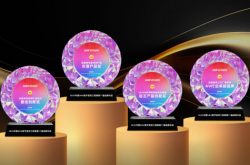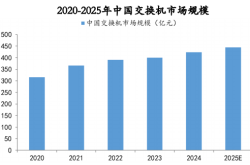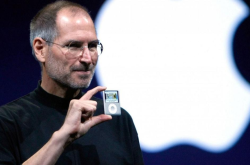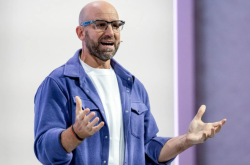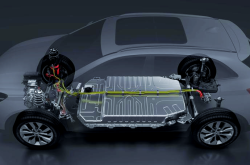Tesla's Sales: The Model Y Carries the Torch | Reading Financial Reports
![]() 08/05 2025
08/05 2025
![]() 575
575
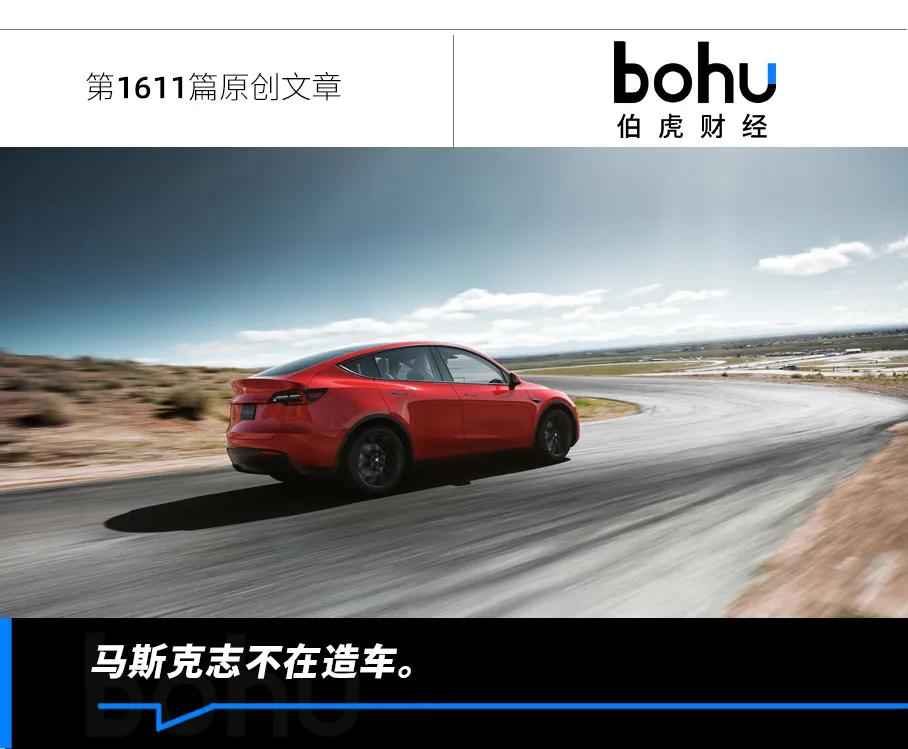
Source | Bohu Finance (bohuFN)
Musk, who has faced criticism from shareholders and the media for "losing interest in car manufacturing," can now take a breather.
Despite Musk acknowledging during the conference call that the company would experience several challenging quarters, Tesla rebounded from the previous quarter's sharp decline and delivered a financial report that exceeded market expectations in the second quarter.
While Tesla's core data for the second quarter still showed a double-digit decline year-on-year—revenue of $22.496 billion, down 12% year-on-year; net profit of $1.172 billion, down 16% year-on-year—the good news is that it increased by 16% quarter-on-quarter.
Breaking down the sales data further, excluding revenue from carbon credit sales, Tesla sold 48,000 more vehicles than in the first quarter, and the average price per vehicle also increased from $39,900 to $42,500. This combination of volume and price increases allowed Tesla's automotive sales revenue to exceed market expectations of $15-15.2 billion, reaching $15.8 billion.
The top contributor to stabilizing Tesla's sales remains the Model Y. In the first half of this year, despite a price increase of more than $10,000 (a $1,000 increase in the US market), the Model Y remained the best-selling SUV model in China, almost single-handedly increasing the gross margin of the automotive business from 16.2% to 17.2%. It appears that Tesla does not plan to introduce new models in the near future and will instead focus on building the Model Y universe: whether it's the low-cost version of Model Y in North America or the long-wheelbase six-seater version specifically for the Chinese market.
Entrusting the responsibility of car sales to the Model Y is clearly a strategic compromise. Tesla's free cash flow in the second quarter did not improve due to increased car sales but continued to decline by $500 million, largely because the company is still heavily investing in AI.
During the conference call, Musk described Tesla as a company in transition and encouraged investors to focus on its latest achievements in autonomous taxi services and robots.
In simple terms: entrust car sales to the Model Y and leave the rest to AI.
01 Tesla's Sales Challenges
Difficult car sales are not unique to Tesla, but the company's sales decline has become more pronounced in 2025.
As early as 2024, Tesla's automotive sales entered a downturn, with sales declining by 1.1% year-on-year compared to 2023, the first such decline since 2015. However, by the first quarter of 2025, this year-on-year decline soared to 13%. For the entire first half of 2025, Tesla delivered 720,800 vehicles, a decrease of about 13.3% from the same period last year.
Specifically, looking at major market segments: In the first half of 2025, Tesla's sales in the Chinese market totaled 263,400 vehicles, a year-on-year decrease of about 5.4% from 278,300 vehicles in the same period last year; total sales in the US market were 271,600 vehicles, a year-on-year decrease of 10.8%; sales in the European market declined the most sharply, down 33% year-on-year, with only 108,800 vehicles sold.
The primary reason for the sluggish car sales is, of course, that competitors are becoming stronger, giving consumers more choices.
In the past, in terms of model iterations, Tesla could be said to have inherited the slow-paced approach of its American counterpart Intel. Some domestic manufacturers can launch three new models in a year, while the Model 3 only saw its first facelift six years after its launch. The Model Y facelift came a bit sooner, but not by much, taking five years.
If in the past Tesla could still rely on its brand power to dimensionally reduce competition with new forces and use its excellent gross margin to repeatedly implement price reduction strategies to offset the aggressive offensive of Chinese brands, then the efforts of Xiaomi and Huawei have become the final straw that tips the balance against Tesla.
The Xiaomi su7 became an instant hit upon its release, surpassing the Model 3 to become the best-selling pure electric sedan in China. The Xiaomi yu7 even set an industry record for the largest number of pre-orders on its first day of sales, with production capacity being cleared overnight. In 2024, overall sales of new energy vehicles in China increased by 35.5% year-on-year, while Tesla's growth in the Chinese market was only 8.8%, failing to outperform the overall market.
The situation in Europe and the US markets is similar.
In Europe, Volkswagen became the new electric vehicle sales champion with sales of 133,465 vehicles, an increase of 78% year-on-year. Besides Volkswagen, BMW, Skoda, and Renault also achieved quite good results, with year-on-year growth rates of 14%, 146%, and 58%, respectively. In the US, sales of Chevrolet pure electric vehicles increased by 130.5% year-on-year, with 47,639 vehicles sold.
However, besides the product itself, off-field factors are also apparent. Due to Musk's deep involvement in politics, consumer aversion to him has spilled over to Tesla, with some media reports stating that up to 94% of consumers surveyed in Germany explicitly stated that they would refuse to buy Tesla. This has significantly aggravated Tesla's market downturn: in California, the core market for electric vehicles in the US, Tesla's registrations have declined for seven consecutive quarters.
Under pressure, Tesla chose to pass the baton to the Model Y.
02 The Model Y Takes Center Stage
A while ago, Li Xiang, the founder of Li Auto, responded to questions about "cloning" on Weibo: "Isn't the iPhone cloned? The best products in the world are all designed with a cloning approach."
The Model Y is indeed one of the best products in the world.
In 2023, the Model Y sold 1.22 million units globally, becoming the undisputed global sales champion that year. Even in 2024, when growth was hindered, the Model Y still sold 1.185 million units, with a gap of only a few thousand units from the sales champion Toyota RAV4. In the most competitive Chinese market, the Model Y is still regarded as the benchmark for pure electric vehicles: offering an excellent driving experience and leading high-speed endurance.
Even in the first half of this year, the Model Y was the hardest-working member of the Tesla family. In Europe and the US, the Model Y remains the best-selling pure electric model; in China, although the top two spots in overall electric vehicle sales are occupied by Geely Xingyuan and BYD Haiou, the Model Y is not far behind in terms of quantity but has a significant price gap.
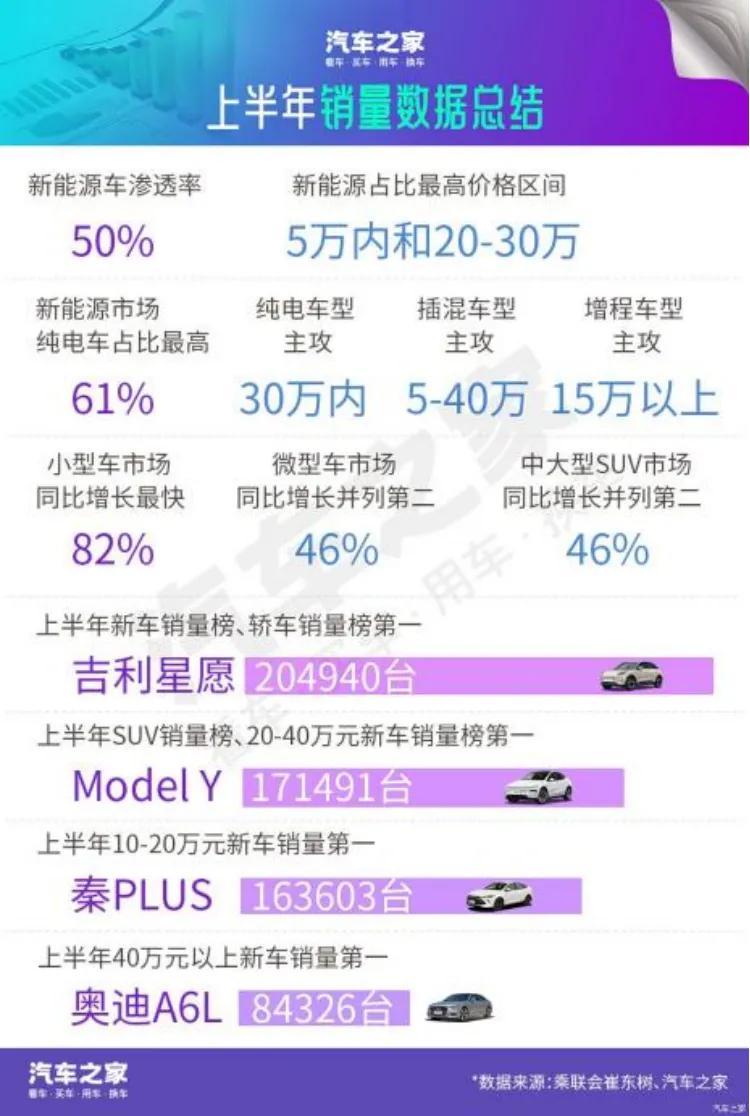
Tesla has not lacked new model iterations in the past five years, but those that share the same philosophy as Tesla, such as the 4680 battery cell and Cybertruck, have all encountered setbacks.
When the family encounters difficulties, cloning the Model Y is "better late than never".
Whether it's the Model Y or Model 3, performance is the most prominent label, a feature essential for benchmark products. However, half a month ago, Tesla officially announced the six-seater Model Y L. Compared to the Model Y, the Model Y L has been adjusted in terms of overall height and wheelbase to accommodate adults in the third row. Such trade-offs are clearly aimed at meeting the needs of the Chinese consumer market: first, it needs to be big enough, and second, it needs to accommodate two generations.
The affordable model Model 2, which was halted by Musk last year, has also seen new developments. Musk said during the conference call that the cheaper model, which looks like the Model Y, will be launched in the fourth quarter of this year. According to leaked images from some bloggers, the cheaper model abandons some of Tesla's past definitions of electric vehicles: for example, the panoramic glass roof is replaced with a sunroof-less design, and the front central armrest area is changed to a through-type structure.
There are many benefits to entrusting the Model Y with the lead. For example, as an industry benchmark, the Model Y's consumer perception is already established, so whether it's the six-seater Model Y L or the cheaper version of the Model Y to be launched in the fourth quarter, Tesla's need for external explanation is minimal.
Furthermore, cloning the Model Y can maximize its influence and fill in the uncovered markets, especially the exploding middle and low price segments. Last year, the cumulative retail sales of large and medium-sized SUVs in China reached 1.646 million units, an increase of 52.5% year-on-year, with new energy vehicles accounting for more than 80% of the total. According to June data from the China Passenger Car Association, sales of models priced below $29,000 are growing rapidly in the new energy market, accounting for 70% of the total.
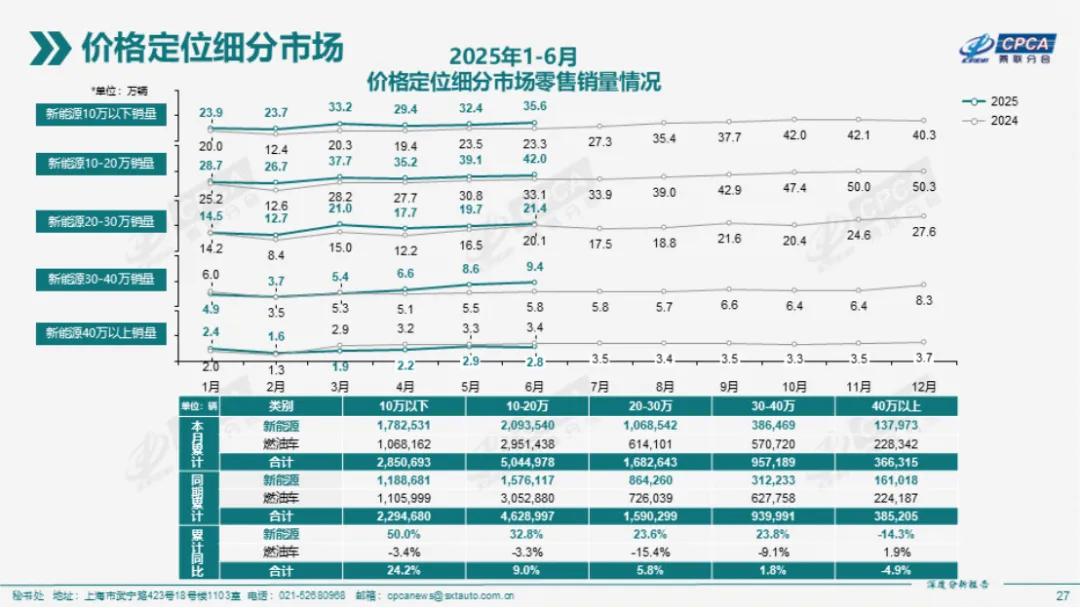
However, tactics that compromise with the market are often not suitable for benchmarks, whether it's Apple or Tesla. As a new brand without a deep heritage, Tesla's ability to occupy the high-end and benchmark positions relies not on pricing but on real technology and the accompanying technological luxury. The Model Y is not without flaws, and domestic competitors have long besieged the "Bright Summit" but have failed to make significant progress, with brand faith also contributing significantly. This situation can also be seen in Xiaomi and Huawei.
In the long run, when new cars are more of a compromise with the market rather than bringing new technological experiences, Tesla may also degrade into an ordinary brand.
Of course, Musk doesn't intend to leave the task of maintaining a sense of technology solely to the Model Y.
03 Musk's Ambition Beyond Car Manufacturing
Not long ago, Musk retweeted the results of an autonomous driving evaluation by Tongchedi, emphasizing that Tesla achieved the best score among the tested models without local data and commented that they would strive to achieve 6/6 (there are two test items, and both of Tesla's models passed five of them).
Autonomous taxi services and humanoid robots have become the focus of Musk's work. In April this year, Musk told investors, "I encourage everyone to look beyond the bumps and potholes on the road ahead and raise your gaze to the dazzling castle on the hill." During the second-quarter conference call, Musk also glossed over the decline in sales and encouraged investors to focus on Tesla's latest achievements in autonomous taxi services and robots.
This is not difficult to understand. Tesla's high valuation stems from the fact that it is viewed more as a tech stock than an automotive stock. Adam Jonas, an analyst at Morgan Stanley, wrote in a May research report, "Most investors believe that Tesla's core automotive business is valued between $50 and $100 per share."
Musk's investment in AI can be said to be relentless. Throughout 2024, Tesla's capital expenditures exceeded $10 billion. By the second quarter of this year, although Tesla is not what it used to be, its R&D expenses of $1.59 billion continued to exceed market expectations.
However, in the short term, Tesla's investment in AI is still difficult to translate into tangible revenue. In June this year, Tesla launched an invitation-only autonomous taxi service and increased the fee for a single ride in July. However, the operating scope is much smaller than that of its competitor Waymo, and the autonomous taxi service model itself also faces regulatory restrictions.
The advancement of the humanoid robot Optimus is even more challenging. According to Caixin Global, Tesla's current production volume of humanoid robots is only in the hundreds. On the one hand, the team is not stable; last month, Milan Kovac, the head of Tesla's humanoid robot Optimus department and former engineering vice president, announced his resignation. On the other hand, Musk's over-promotion of Optimus and his nitpicking about its flexibility may lead it to face the same difficulties as the Cybertruck.
Before seeing the vast sea of stars in AI, Musk still needs the Model Y to earn him the funds to pursue his dreams.
Reference Sources:
1. DearAuto: "Model Y's Cheaper Version May Be Below $29,000, a 'Tribute' to Chinese Brands"
2. Dolphin Investment Research: "Tesla's 'Fatal Question': With the Starry Sea of AI, Does Lagging Car Manufacturing Still Matter?"
3. China Passenger Car Association: "Analysis of the National Passenger Car Market in June 2025"
4. The Wall Street Journal: "Tesla in a Mess, but Musk's Ambitions Lie Elsewhere"
The cover image and illustrations of this article belong to their respective copyright owners. If the copyright owner believes that their work is not suitable for public browsing or should not be used without compensation, please contact us promptly, and this platform will immediately make corrections.

